Carbon Footprinting for Sustainable Home Interior Brands.




Trusted By
How Seedling works
Measure, reduce, and report your carbon footprint with simple-to-use carbon accounting software and expert guidance.
Gain an accurate full scope carbon footprint
With our intuitive carbon footprint measurement software, plus support from an expert, measuring an accurate footprint is quick and straightforward for your business.
Learn more
Easily identify your emission hotspots
Your Seedling dashboard automatically segments footprint data the way you and your clients need it. Use our deep dive tool to understand your hotspots and plan to decarbonise.
Learn more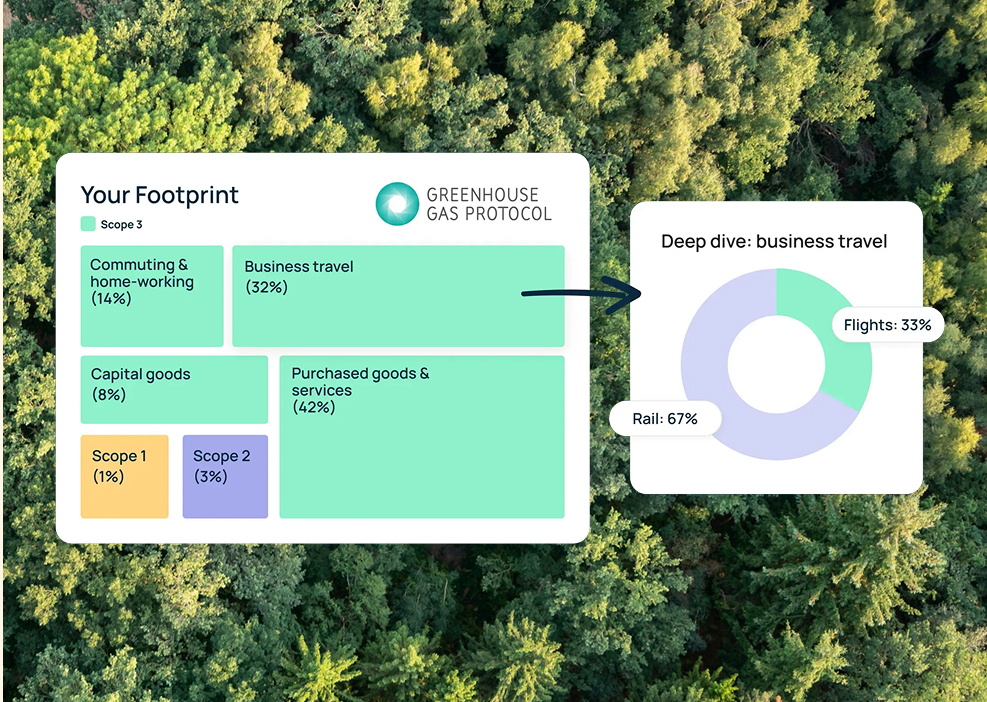
Build your business' pathway to Net Zero
Track your progress, with our easy-to-use and powerful Carbon Emission Reduction Software for SMEs, and support from an expert.
Learn more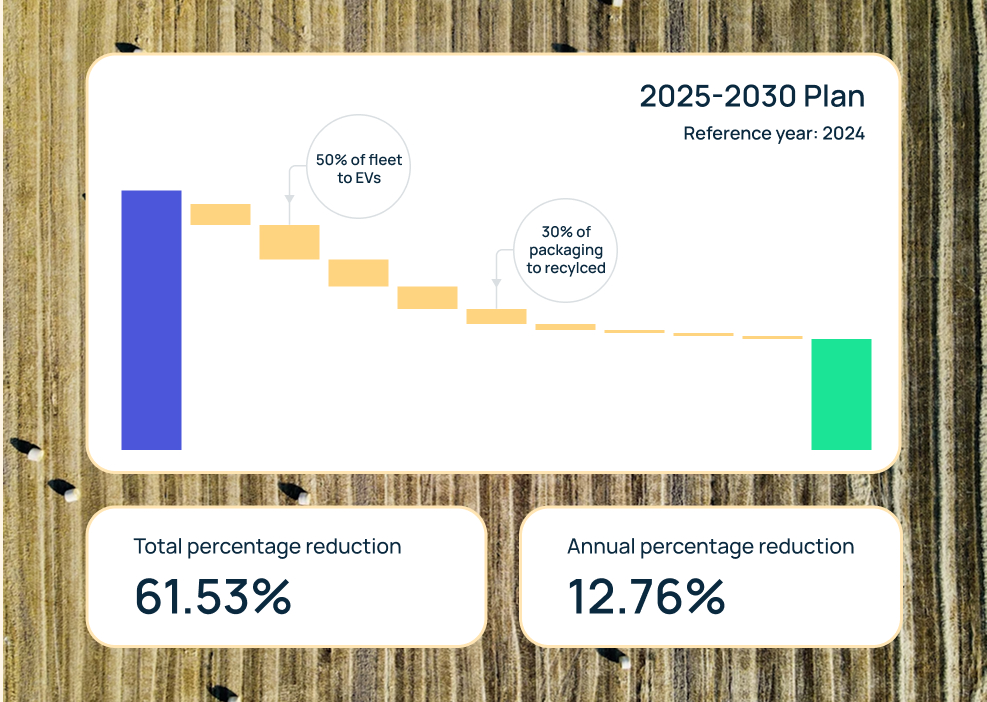
Fund verified climate action projects
Invest with confidence in projects verified to reduce or remove carbon and support communities - all from the Seedling platform.
Learn more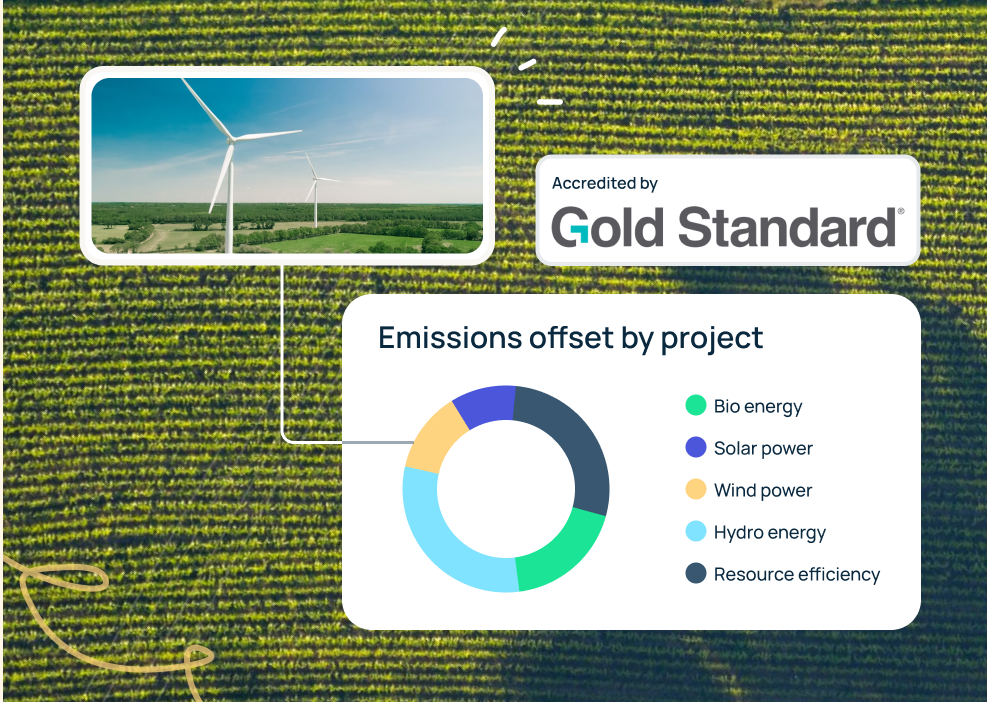
Produce key emission reports in a click
Share your plans to decarbonise with Seedling's digital toolkit. Reports are automatically generated in the compliant format you need. Simply tweak, sign if needed, and export, or link to the report hosted by Seedling.
Learn more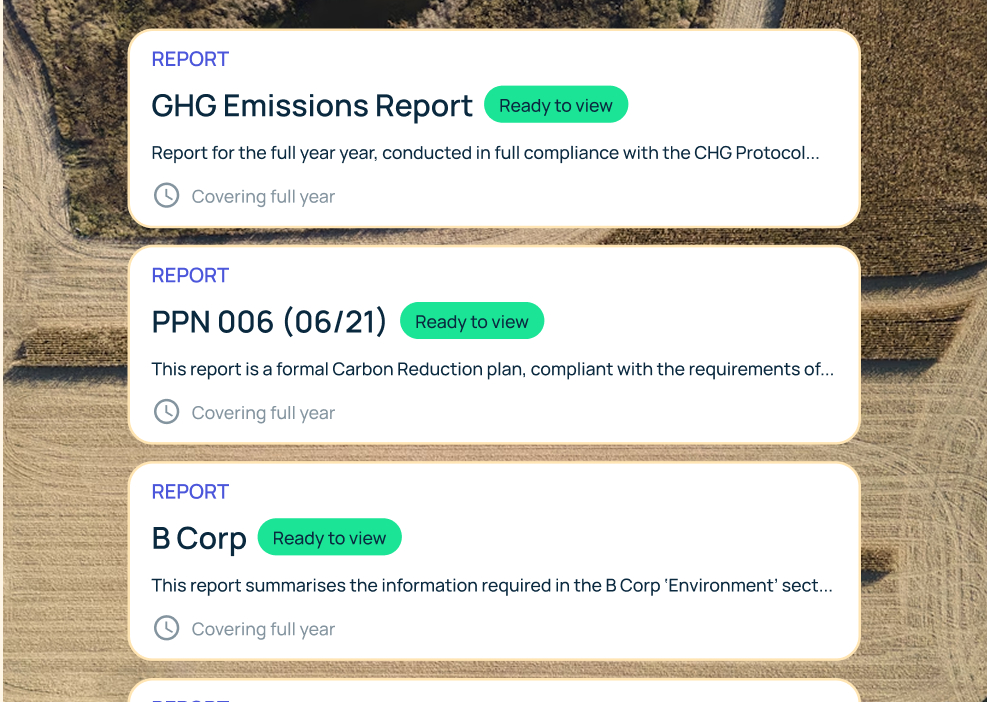
Become a Seedling Certified Business
Seedling's certification recognises businesses that have established a robust plan to reduce carbon emissions, backed by data and climate science.
Learn more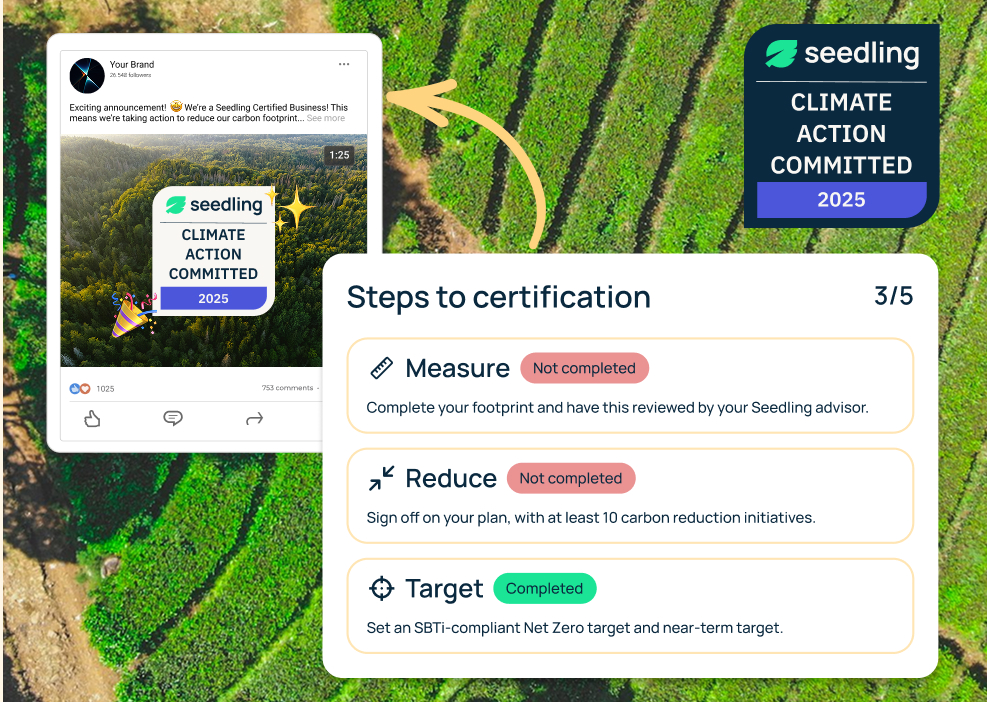
One-to-one expert support to manage your business emissions
Unlike many carbon accounting tools, at Seedling we guide you through your climate action journey to ensure you have the best impact and experience possible.
Learn more
.png)
The carbon impact of home interiors
For brands keen to understand what environmental sustainability means, and how to embed it, measuring your carbon footprint is the place to start.
Your carbon footprint will act as an audit, translating the decisions you make as a business (both your operations and your value chain) into an emissions impact.
Equipped with granular and accurate footprint data, you and your team can take steps to decarbonise that focus on high impact areas, like prioritising natural materials or shifting to slower and shorter supply chains.
You can then engage your customers and other stakeholders in a climate strategy made up of tangible steps and backed by data.
How we help
We're experienced in helping brands accurately measure emissions across both their operations and the full life cycle of their products. We support you one-to-one in understanding the data you need, and translating that data into a GHG emissions impact assessment.
Next, we'll help you to interpret your footprint, empowering you and your team with a clear plan of action to decarbonise, backed by data.
Seedling is designed for SME brands. This means our process is easy and affordable, without compromising on the accuracy and detail needed to build a compliant carbon footprint that drives genuine progress toward Net Zero.
Material deep-dive
Understand the impact of your products, and the opportunity of switching to natural and "improved" materials.
Distribution
Get a detailed breakdown of emissions by transport mode.
Circularity
Understand circular business models (CBMs) and the impact of adoption.
.png)





.svg)



